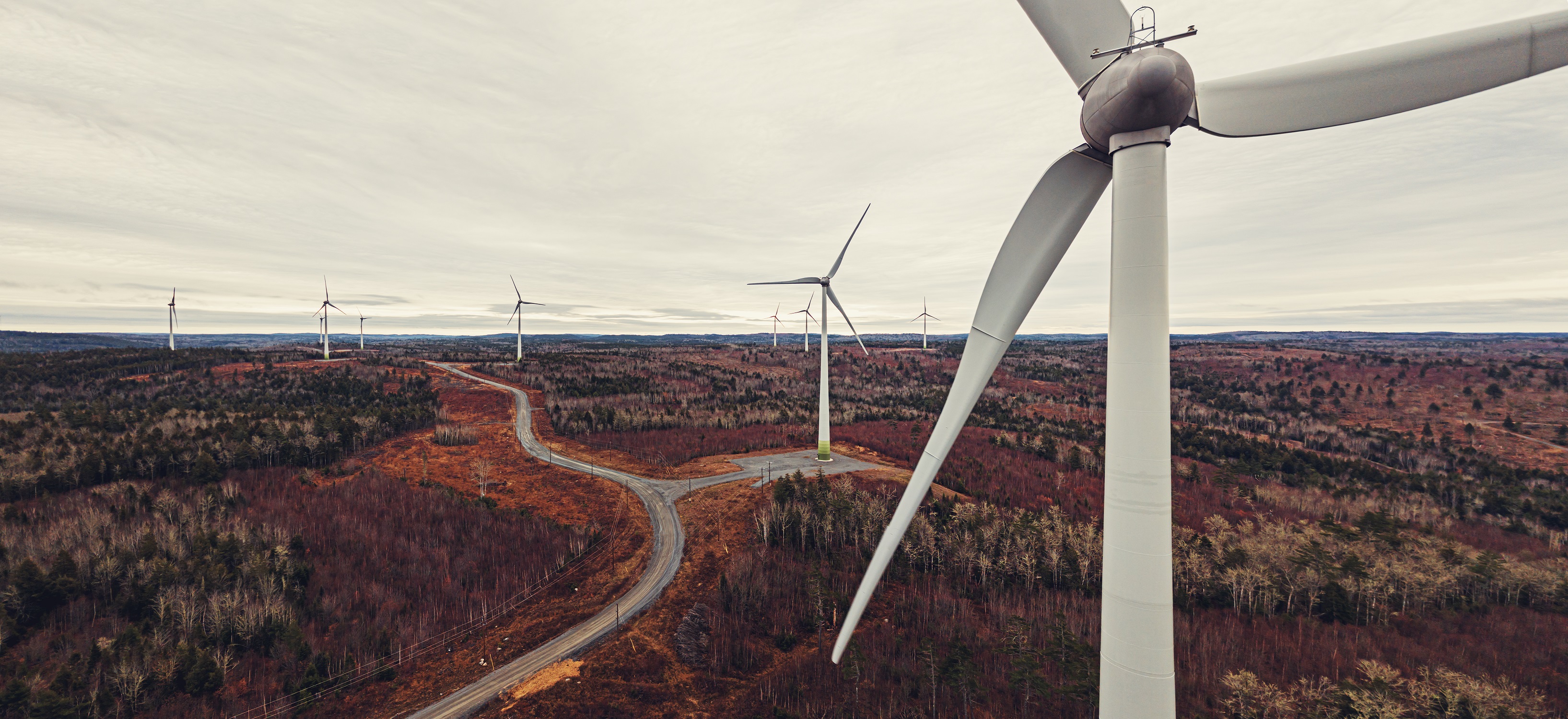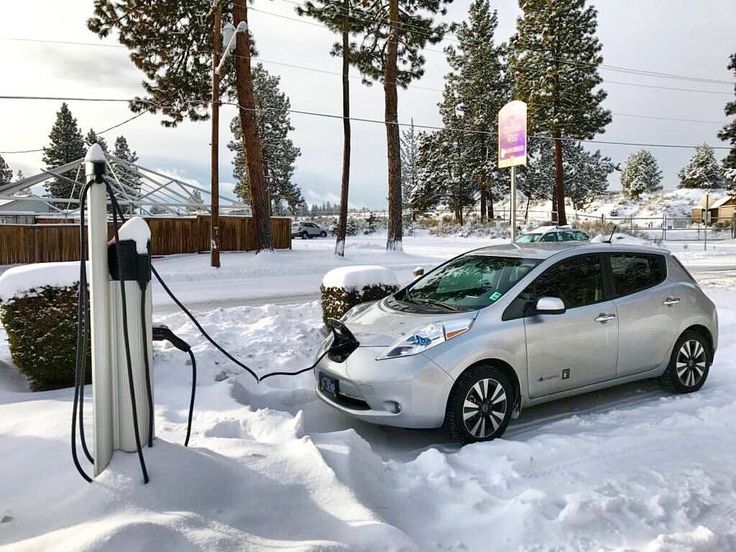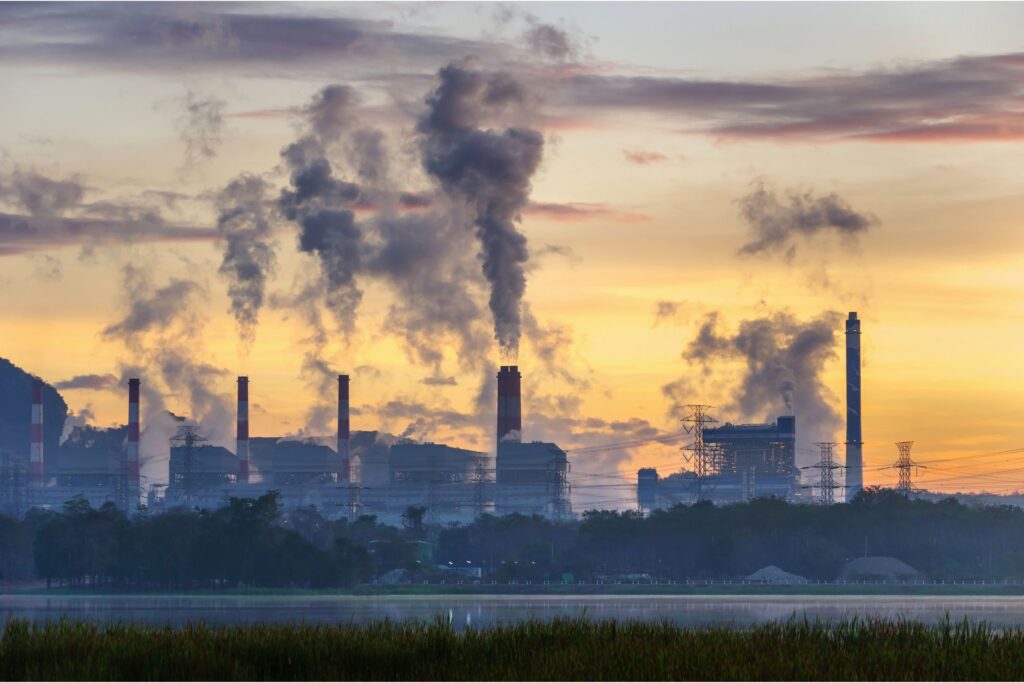The global health pandemic has exposed the social and economic vulnerabilities in society – both in Canada and around the world. It has also demonstrated that our governments can and will pull together across political stripes and administrative jurisdictions to address complex challenges and to care for the people they are elected to serve.
As governments face big decisions about how to jumpstart the economy in a post-COVID world, we must make sure they don’t overlook the most powerful tool in the toolbox: climate action. In the 21st century, climate action is the primary way that all governments can build resilience in communities, public health, and the economy.
There are already options on the table. It starts with legislation that sets carbon neutrality by 2050 for Canada, and the 5-year interim targets to get there. And it gets filled out with the policies and actions that will allow Canada to reach all those milestones while stimulating job creation and sustainable economic activity.
Just as our communities are safer when we address the health pandemic collectively, they are safer when our economic and social systems are built in a world with a more stable climate. Climate stability is not a “nice to have.” It is the foundation of thriving, resilient communities and economies.
In fact, over the last decade—even before the health pandemic—Canada saw much greater economic promise from clean technology sectors than from unsustainable ones. Renewable energy industries had much higher growth rates, more job creation, and better stock market returns than every fossil fuel sector: oil, fossil gas, and coal.
So how can governments build climate resilience as they rebuild economies? In the same way that it is critical to track progress on the coronavirus, climate action requires goal setting, taking action, continuous tracking and reporting, and adjusting over time.
Just like COVID, the questions that the federal government should be continuously asking itself about climate change are:
- What is the current situation?
- Are things getting worse or better?
- What have been our successes and shortcomings from past action?
- What have we learned?
- How can we make greater progress and achieve our goals in the future?
“Bending the curve” on our carbon emissions is just as fundamental to Canada’s long term health and prosperity as it is for COVID-19 cases right now.

Back to normal must not be our goal. “Normal” was Canada failing to provide all citizens with liveable wages and equitable access to social services, regional economies going through boom and bust cycles, climate action infused with partisanship, and climate disasters such as floods and wildfires devastating local communities every year.
So what are the climate action tools that can be used to build the Canadian economy back to better than normal? There is no need to reinvent the wheel. The federal government has already made a number of important commitments to climate action that should be followed through on, not despite COVID-19 but because of COVID-19.
The government can pass legislation to achieve net-zero carbon emissions (i.e. be carbon neutral as a country) by 2050. That includes legally binding interim 5-year carbon budgets and a strengthened 2030 climate target. Just like COVID-19, we will need continuous monitoring, reporting, learning, and course correcting to achieve our goals.
Those accountability measures will allow the country to create a path forward based on critical climate actions. Some of these have been promised already: planting two billion trees, crafting federal budgets with climate change as a focus, implementing a just transition plan for workers and communities, and phasing out fossil fuel subsidies. Governments can also ensure the wellbeing of Canadians by upholding, even strengthening, regulations that protect our health and safety, and the air, water, and life-supporting ecosystems we all depend upon.
In short, there is credible and compelling argument for doing much more on climate change. As the Prime Minister so clearly stated, we need to avoid going from a very serious short-term health crisis to an even bigger and much longer lasting climate crisis.









